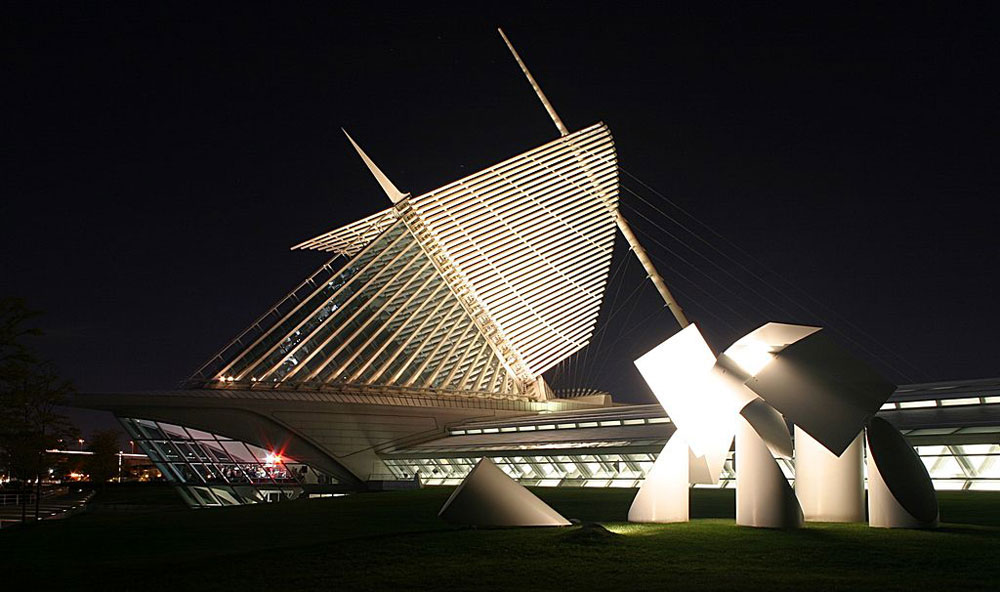
February 4, 2020; OnMilwaukee.com
Consider this familiar story as part of the wave of change in the museum world. Because Milwaukee’s art museum wants greater involvement, Director Marcelle Polednik has launched a new strategic direction based on the linked notions of expansive hospitality and art relevant to the community.
The Milwaukee Art Museum hasn’t made a formal change to its strategic direction since 2006. There’s been much change since then in the world of museum practice, but perhaps the institution has been catching its breath since the tumult of the century’s first decade. They opened their famous Calatrava building in 2001, hired a new director in 2002, cleared themselves of debt in 2005, launched a new strategic direction in 2006, and hired another new director in 2008. The museum, one of the country’s largest, is home to several famous collections and welcomes 400,000 visitors each year.
This new strategy emphasizes community, as well as environmental and financial sustainability. According to the museum, the new direction focuses on four pillars of activity: Art Relevant to Our Community, Robust Community Programming, Expansive Hospitality, and Impact Aligned with Financial Strength and Discipline.
“It’s easy to say, ‘Let’s do this program and this exhibition’ and call it a day, but this is an institutional pivot,” says Senior Director of Education and Programs Brigid Globensky.
Sign up for our free newsletters
Subscribe to NPQ's newsletters to have our top stories delivered directly to your inbox.
By signing up, you agree to our privacy policy and terms of use, and to receive messages from NPQ and our partners.
The plan includes several initial pieces:
- Two new positions, a deputy director of cultural affairs and a curator of community dialogue, both reporting to Director Marcelle Polednik
- An “internal reporter” to tell stories around and about the museum
- A Listening Lab, where visitors can offer feedback and raise issues to museum leadership
They are looking for a partner for their Environmental Sustainability Plan and Funding Model.
Museums from Cleveland to New Orleans have been turning themselves inside out the last few years, trying to appeal to local communities, tone down their elitist images, and welcome in new generations of visitors and supporters. At her last job with MOCA Jacksonville, Polednik oversaw a Project Atrium series featuring site-specific commissions by emerging and mid-career artists, and introduced several self-curated shows.
Now, it’s Milwaukee’s turn. Last year, the museum hosted “The San Quentin Project: Nigel Poor and the Men of San Quentin State Prison” and trained formerly incarcerated people to be guides to the exhibit.
“We want to make it possible for all people to see themselves at the museum and better understand the world through the art we hold in the public trust,” Polednik said in a media statement.—Erin Rubin












